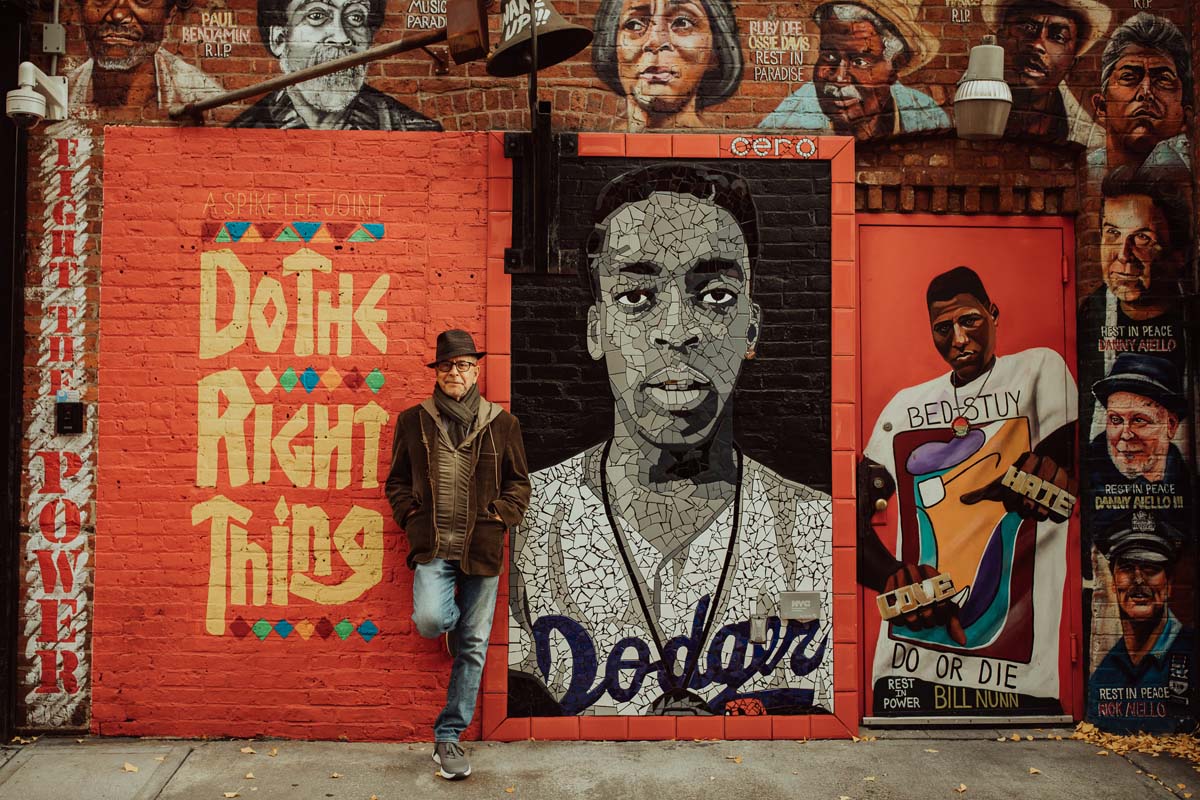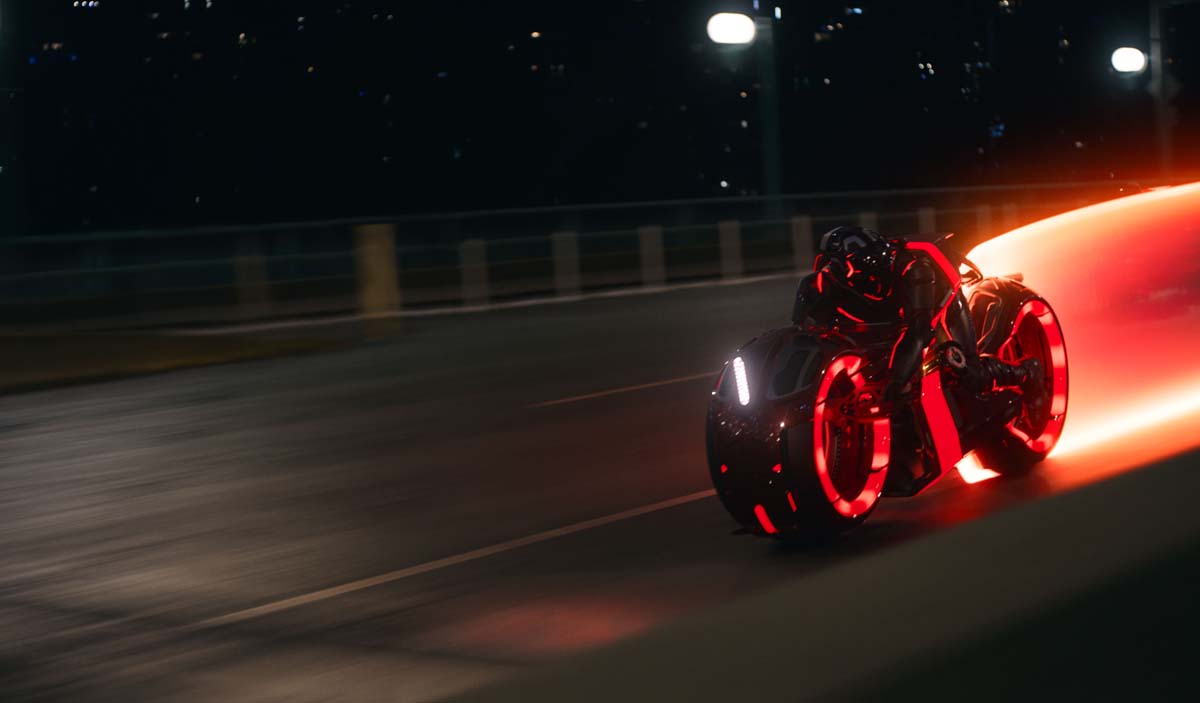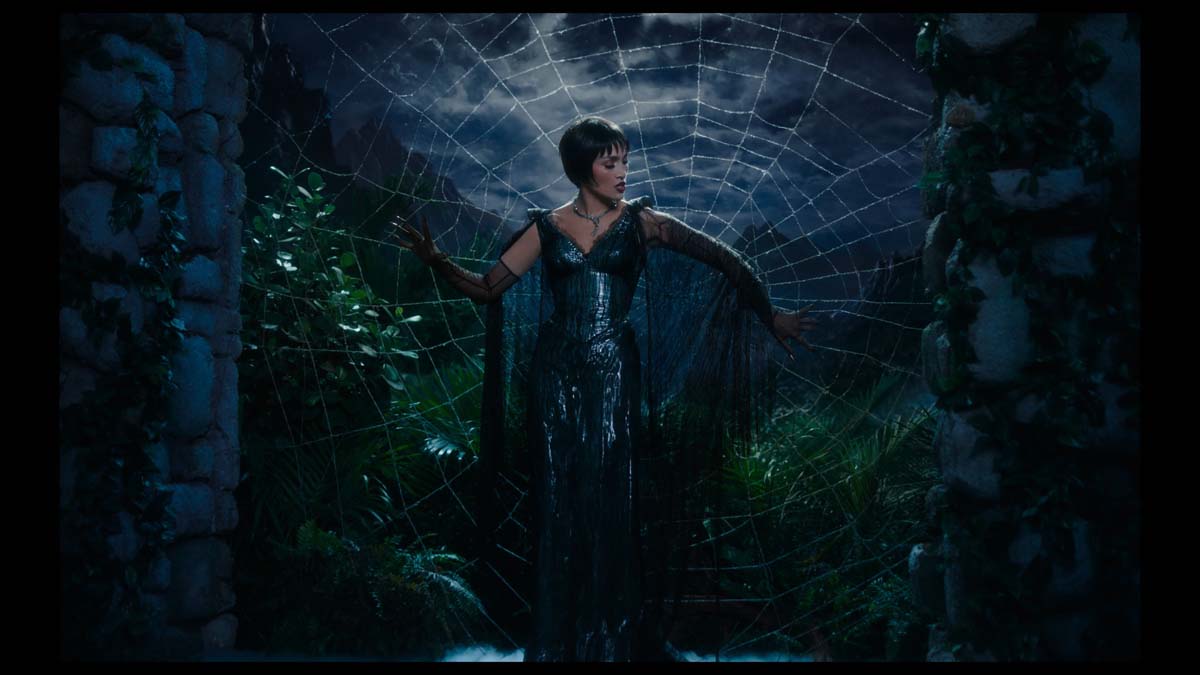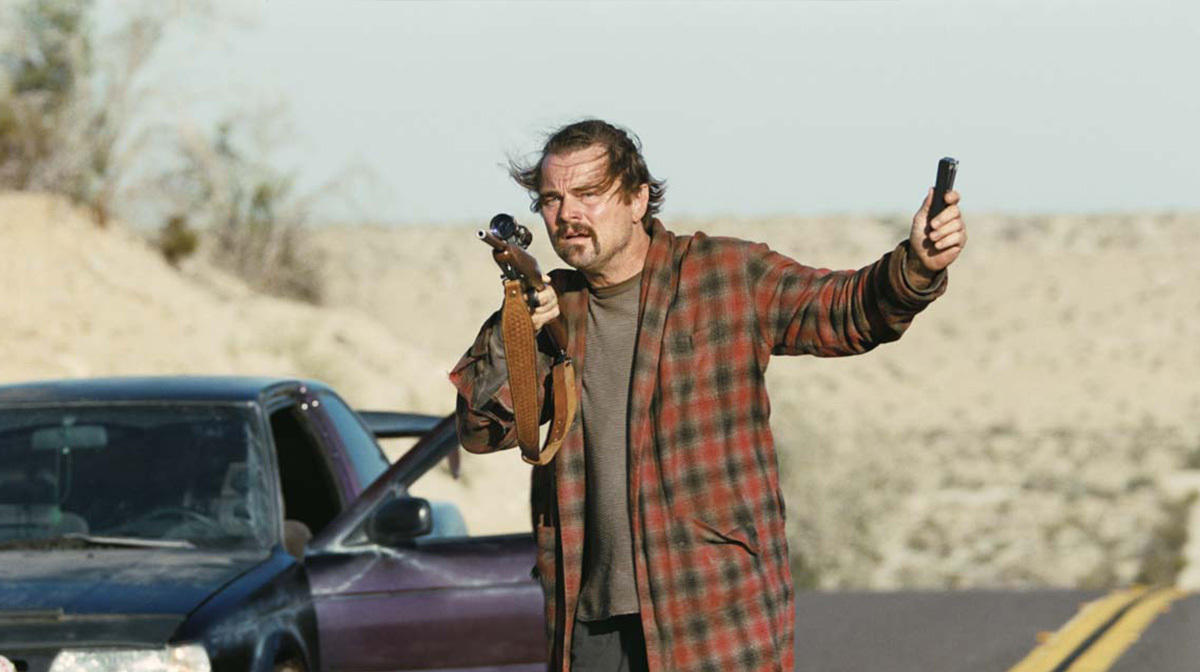Highest 2 Lowest
A discussion of what editing and being a book author have in common, finding the magic in improvisation, and cutting a movie without temp score.
Today on Art of the Cut, Oscar-nominee Barry Alexander Brown, ACE discusses editing Spike Lee’s latest film, Highest 2 Lowest. The film was co-edited by Allyson C. Johnson, ACE, who was not part of the interview.
Barry’s been on Art of the Cut before for BlacKkKlansman, for which he was nominated for an Oscar and an ACE Eddie. He was also nominated for an Oscar for The War at Home, a documentary he co-directed.
His other films with Spike include sound design on She’s Gotta Have It, and editing on School Daze, Do the Right Thing, Malcolm X, Crooklyn, He Got Game, and Summer of Sam, among others.
Barry’s also directed several feature films including The Who’s Tommy:, the Amazing Journey, and Lonely in America.
Barry, it is so nice to have you on Art of the Cut. I appreciate you taking the time, because I know you just got back from ComiCon! Tell me about that whole experience!
Well, at ComiCon here in New York we had a booth. They’re pushing my book, “Wind.” It’s epic high fantasy. It’s the first book of a trilogy. It just came out.
The New York ComiCon was really a launch for the book. I was knocked-out by just how gentle of a crowd it was at ComiCon. Really a group of great people.
That’s awesome. How long have you been working on the book?
Actually, I wrote this book nine years ago. I wrote it just to have it written. Then people encouraged me to try and get it published. I couldn’t get anybody at that time to even take a look at it. No agents. No publishers in America.
But a publisher in France - sort of by accident - got ahold of my manuscript and read it and loved it and said, “I want to publish this in France.”
So it got translated into French, and it came out in France in April. After that there was interest. Then it came out in America.
What do you think the skill set similarity is between being an author and being an editor?
You know, it’s storytelling. Being an editor really informed being able to tell a story as a writer. Knowing when to leave a scene. “Let’s move on.”
Highest 2 Lowest is a rethinking of Akira Kurosawa’s High and Low, which in turn is based on a novel called “King’s Ransom.” Did you watch or read either of those?
Of course I watched High and Low. I bought “King’s Ransom.” I got a first edition of “King’s Ransom,” and I gave it to Spike. I didn’t read it. It is set in the United States, not set in Japan. It’s a crime drama - part of a series of crime dramas with the same characters by Ed McBain.
I don’t know how deep your movie trivia knowledge goes, but the original Kurosawa film wrapped shooting January 30th, 1963, and it had its first test screening two weeks later. Plus it released in March! The full post-production was under 2 months!
With BlacKkKlansmen. I showed Spike my cut on January 8th. We were showing Cannes the cut two months later. We finished the film a little over three months later and had it in Cannes at the beginning of May. I know it’s not the same, but for us - for Americans and for now, that’s fast.
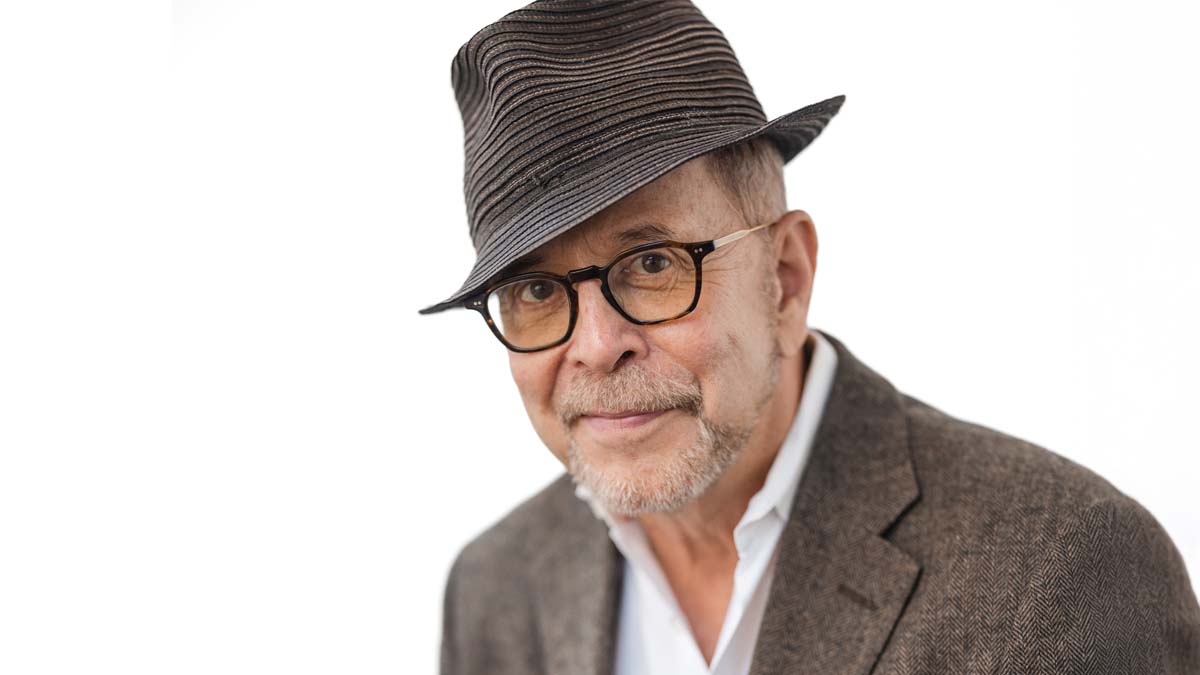
Editor Barry Alexander Brown, ACE
You can imagine what the shooting ratio was in the Kurosawa film.
Probably not as much as Highest 2 Lowest. Spike and I - as we were finishing the film in May - began to talk about trying to get the film to the Venice Film Fest, which would have been the end of August but it was Denzel who said, “No. You guys are not going to do that!”
A technique or style that I noticed was the repeated action on hugs and greetings. Can you talk about why that was done?
That really goes back to the very first film Spike did, She’s Gotta Have It. He had a scene that he couldn’t make work. He was the editor of She’s Gotta Have It. I was doing the sound editing for him.
We were good friends already. He asked me, “Can you take over this scene and see what you can do with it?” It was a sex scene between the good looking guy Greer, and Nola.
As Greer took off his clothes and climbed in the bed there were two shots - very similar - but a little bit different - of him climbing into bed. I cut them together in a double cut. I say it was a it was a joke that I did it to make Spike laugh when he saw it, and he did!
He did laugh. Then he said, “I love this!” I said, “Oh no! Wait!” But it stayed in the movie. And from that point on, a lot of times we did double cuts, especially with Malcolm X.
Every time somebody hugged in Malcolm X, there was a double cut, so Spike wanted to repeat that. He wanted the same kind of double cuts that we did in Malcolm X.
Let’s talk about temp music.
We really didn’t do a temp score. Spike did not want to do that. And in terms of needle-drops - like “Ain’t No Stopping Us Now” – Spike said, “I want to put that here.” Other than that, the music was sort of the music from the beginning.
Even the opening song from Oklahoma - the original one that we put in and cut was from the soundtrack, then Spike rerecorded it. Everything got reworked, but it was basically the songs that you heard, even for the train ride up. That was a Scottish trio.
Then there’s Eddie Palmieri which Spike recorded live. He had Eddie Palmieri and his salsa orchestra up in the Bronx. And the song at the end, with Aiyana-Lee Anderson is also recorded live. That’s not a studio recording that she’s lip syncing to.
Later, when we were cutting it, I put in a shot of Denzel where he touches his ear and Spike thought, “He’s hearing the orchestration in his mind. He’s already imagining that he’s got this singer in the studio and he’s hearing the orchestration.”
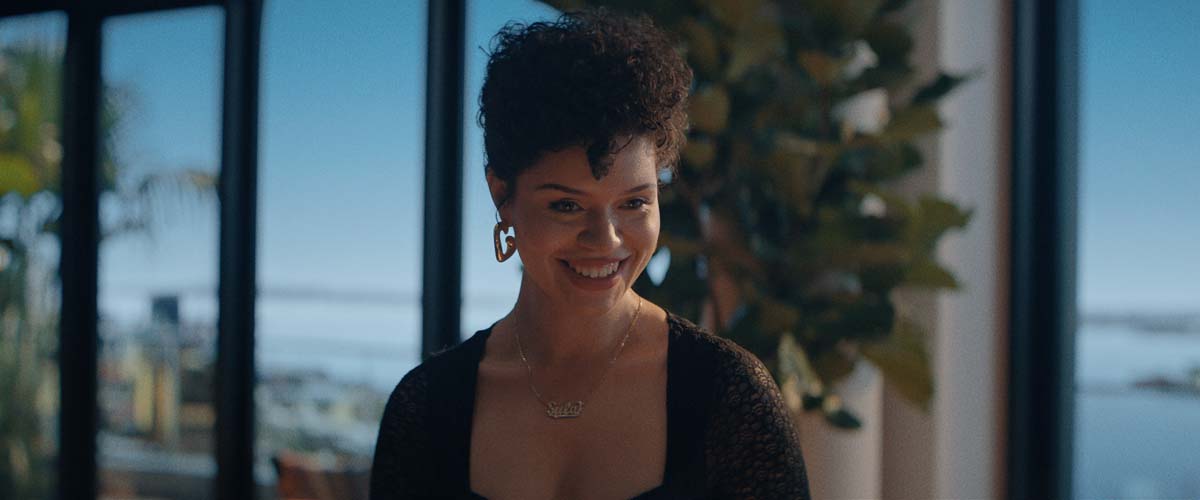
Because in the actual scene, Denzel’s just listening to her and a piano.
A lot of people might think she’s lip-syncing to a track they’ve already done, but it’s not true. That’s a live recording!
There’s a big father-son discussion in the son’s bedroom. It’s played almost as a oner…
Oh no! That IS a oner!
Did you have coverage?
There’s no coverage! I think that’s the next-to-the-last take. It’s not the very last take. It has all that stuff in it, including Denzel bending forward then putting his head against his son’s forehead.
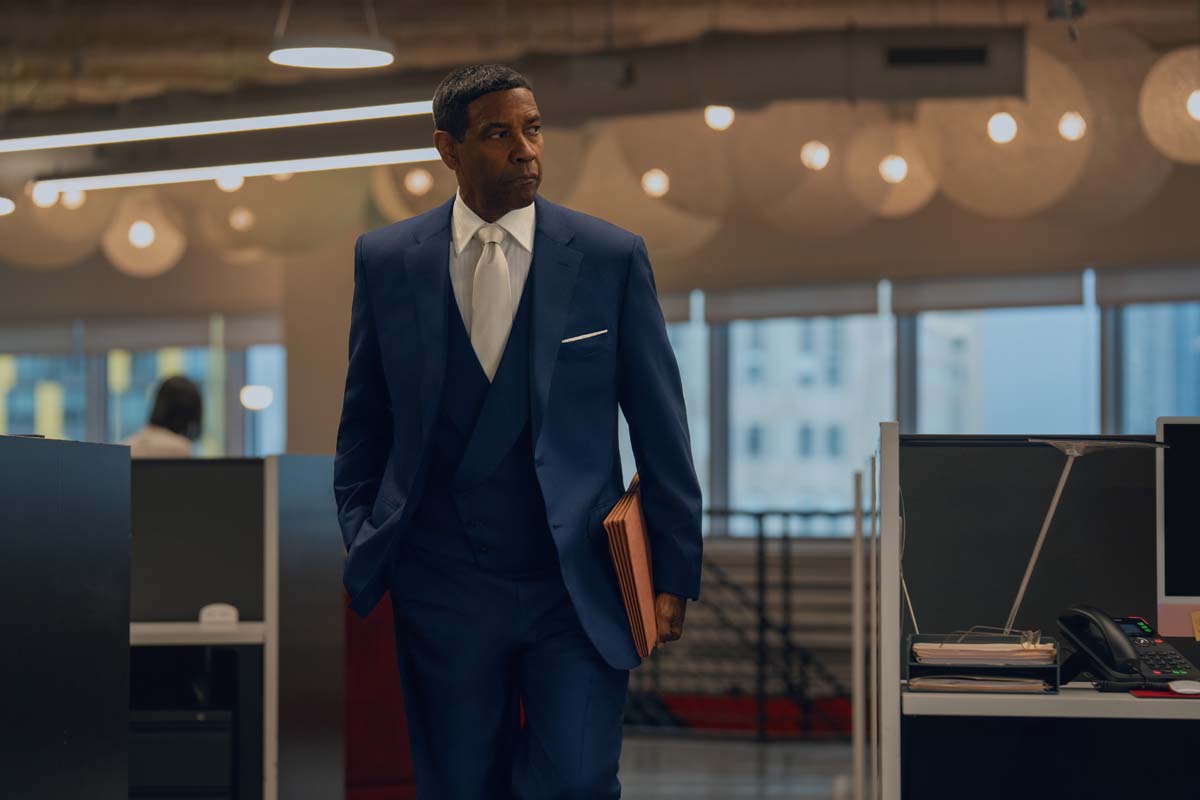
I noticed that you used framed artwork and framed photos as transitions between scenes.
Spike wanted to do that to give a feel of the house. I think Spike wanted to give a feel of: if you’re a well-to-do African-American New Yorker in the arts, this is the kind of artwork you could very well be collecting.
I love talking about montages. And there’s one as Denzel goes to pay the ransom. They’re getting the money together and driving up into the Bronx.
It was designed and shot as a montage. Interestingly, it was shot on a stage. Not all of it, but most of it. Jeffrey Wright and Denzel and the car were shot on a stage with a projection in the background. Spike wasn’t always so happy about the projection.
He liked what the actors were doing, but he didn’t like what was going on outside the car, so we had to replace the exterior shots. There was this incredible team with Randy, boss Maya and and Caitlin Squires and, David Sellers. They just did a remarkable job of replacing that stuff.
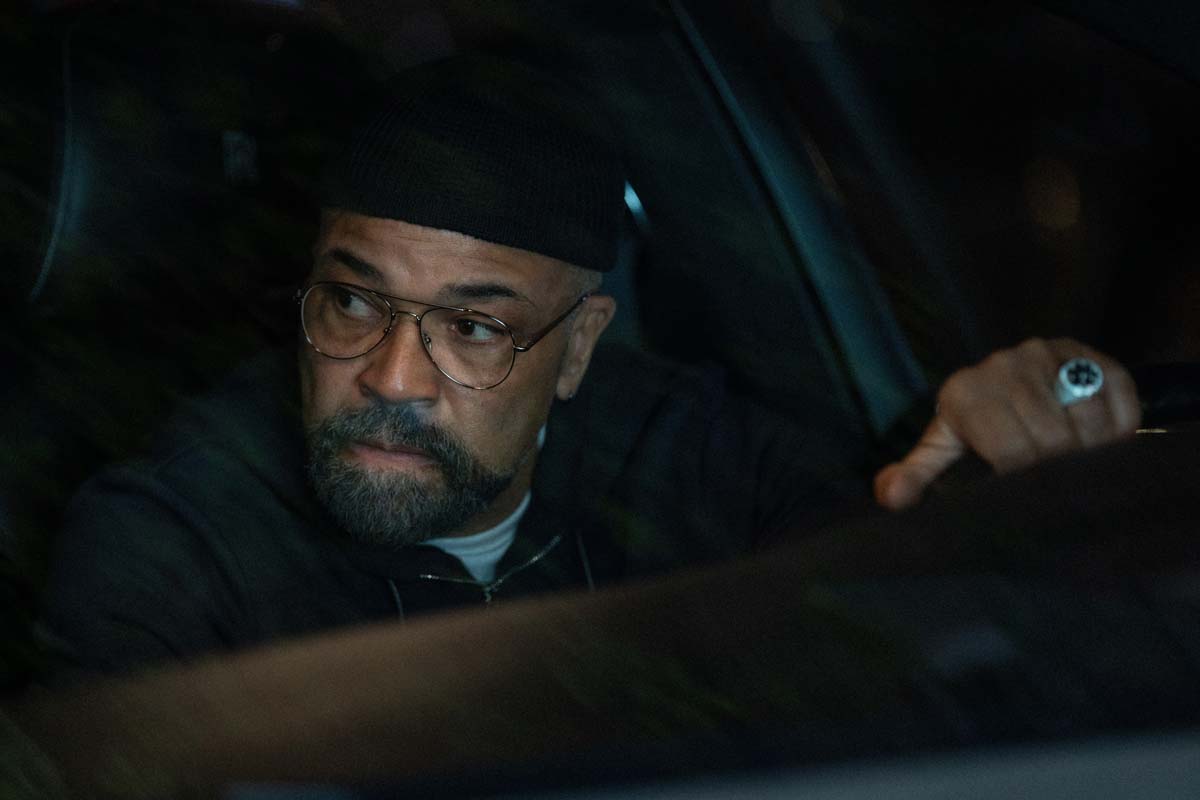
When you’re cutting a montage like that, do you cut to music or do you cut dry?
First I cut dry, then Spike wanted to add those two James Brown pieces. Then that kind of informs what you do. You’ve got a dry sequence and now you got to make it work. That means that sometimes you’ll end up choosing slightly different moments.
“The Great Payback” is the first music cut. There’s a point Denzel was just punhcing in the car, and I thought, “Okay, that’s going to be nice to “Payback.”
The money drop train ride is intercut with the Puerto Rico festival.
Well, it’s actually not so much intercut with it. You have this subway ride up to the Bronx, then you get into the Bronx, and the Puerto Rican Days festival takes over. That’s when you meet Eddie Palmieri’s salsa orchestra and see that it’s Puerto Rican Day.
So it’s two things: the Yankee fans going to play the hated Boston Red Sox, then it’s the Puerto Rican Day. So there are two elements going on that really make it complicated.
Obviously the kidnapper has done this on purpose to make it just as difficult for the cops to chase them down as possible because you have this enormous crowd that’s all fired up for the Yankee game and you’ve got thousands of people out on the street celebrating Puerto Rican Day.
An interesting moment was when the kidnapper’s cohort pulls the brake on the subway at the right moment. We were sitting in the editing room thinking, “People around the world might not understand what that red brake cable is.” So we actually had to create a shot of the brakes locking up and stopping. That was actually VFX.
Was there any other intercutting that was not scripted?
There’s this standoff in the studio between Yung Felon and David King. The idea of that scene is there in the script, and some of that dialogue is in the script. But quite frankly, a lot of that stuff is not in the script.
Denzel came in with some ideas about what to do on that Monday when they came in to shoot it. I think that that was really A$AP Rocky’s first day delivering real dialogue like this.
And it’s certainly the first scene between him and Denzel. I believe that everybody was a little surprised by where Denzel was taking it, because he was doing all kinds of things that were not in there, and turning it really into a rap battle.
All that stuff was something that Denzel improvised and A$AP showed up! I believe he improvised that response, “Is this a rap battle now?”
It’s similar to Spike’s He Got Game when they had that big game between Denzel and Ray Allen and the father puts up three shots in a row. That really happened! Denzel really put in three shots in a row! Then Ray Allen said, “We’re gonna shut down that lucky shit right now!”
That’s not the character delivering that line. That is Ray Allen, the professional basketball player! He’s saying, “I’m not letting a movie actor show me up on the court! Sit down now!” Just like the basketball game that studio scene is Denzel improvising and taking it somewhere.
And the other actor - who’s not really an actor - showing up and really BEING there. One is a professional basketball player, so he’s comfortable being who he is on the court.
The other is a rapper who’s comfortable being in the studio and saying shit back to people. He was so much there in that moment, and it was so real to him.
There was only one take where Rocky did this thing, where he kept repeating “Hoping you noticed me. Hoping you’d see me. Hoping you listen to me. Hoping.” He only did that once. One take! When I saw it in the dailies, I thought, “Oh, wow! He’s just there!”
He’s taken one line that was in the script – “Hoping you noticed me” - and repeated it, and it was gorgeous. You see that studio scene and it’s a beautiful scene.
Did you read the script for that scene? Then the footage comes and you’re a bit lost?
No. Spike called me up! He said, “Oh, man! You cannot believe what happened!” Denzel showed UP! It’s incredible. This is an incredible scene.”
When do you use shoe leather? When is the proper time to say, I’m going to show somebody walking down the hall? I’m going to show somebody coming into the room? I’m going to show somebody driving down the street?
Sometimes it’s just to feel a real shift in the mood. “We have a moment here. We have to maybe breathe a second.”
Tell me about your co-editor.
I worked with Allyson C. Johnson, who I’ve known for a very long time. We go back maybe 30 years. She cut a film for me called The Who’s Tommy, the Amazing Journey (1993) which I directed. Then when we did He Got Game she was my assistant editor, then my associate editor on Summer of Sam. She was a documentary editor who really wanted to work in features.
I told her, “You’ve got to get into the feature world, because if you’re not in the feature world, people say, “You don’t know how to cut a feature if you haven’t worked in it.” I don’t believe this is true, but the people that are hiring think this stuff. So she came on as my assistant. After Summer of Sam the film that she cut after that was Monsoon Wedding from Mira Nair, which is a brilliant film. From that point on Allison had a career.
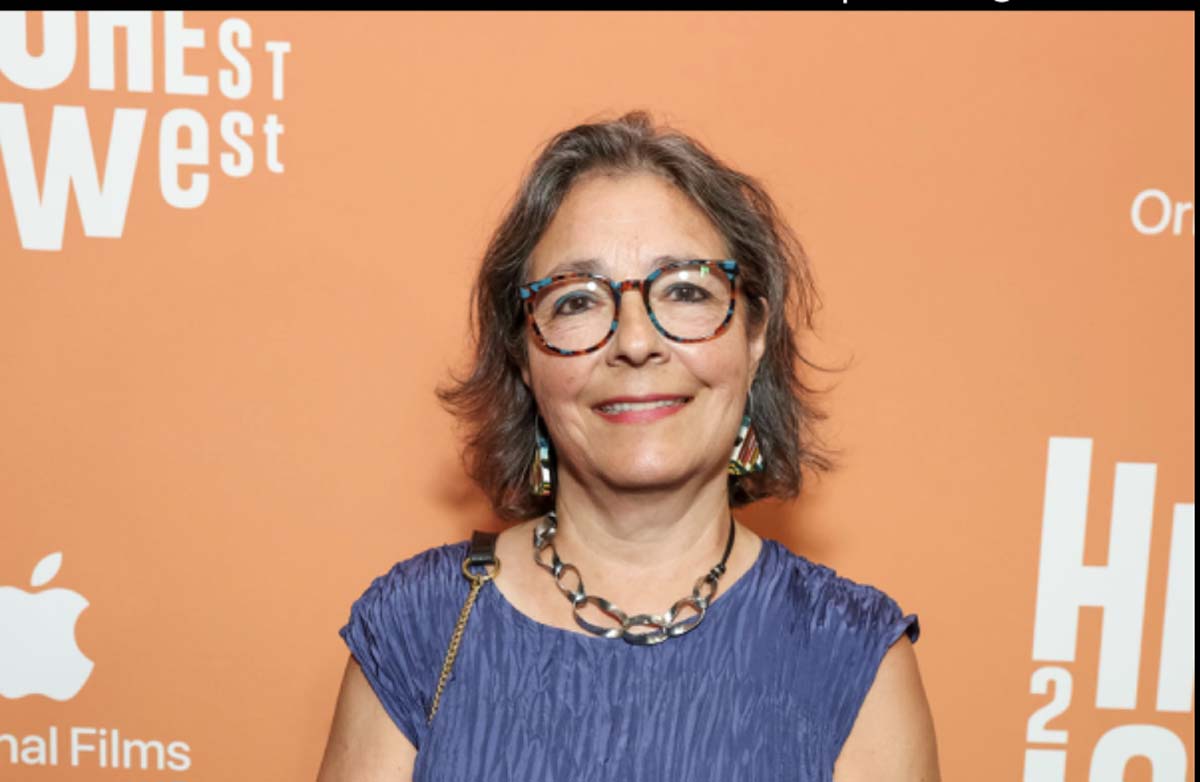
Film editor Allyson C. Johnson, ACE
When you first worked with Spike - many years ago - didn’t you come from a documentary background?
I directed a film called The War at Home.
You were Oscar-nominated for that, right?
Yeah. Nominated for an Oscar.
I couldn’t get hired to do anything when I was young when I first came to New York from Montgomery, Alabama. People wouldn’t hire me to sweep up around a movie set. I met Glenn Silber, who was trying to make this feature length documentary about the anti-Vietnam War movement in Madison, Wisconsin.
This was in the late 70s. So I went to Madison to work on it with him, and we ended up co-producing and co-directing the film.
But I had to hire myself to have a career! Nobody would hire me. Nobody, nobody, nobody! The worst job possible nobody would hire me for it.
I met Spike about a year after making The War at Home, and we became friends. I helped start a film distribution company called First Run Features, then I hired Spike for a part time job at First Run. He was a film student. From that we became friends and got to know each other.
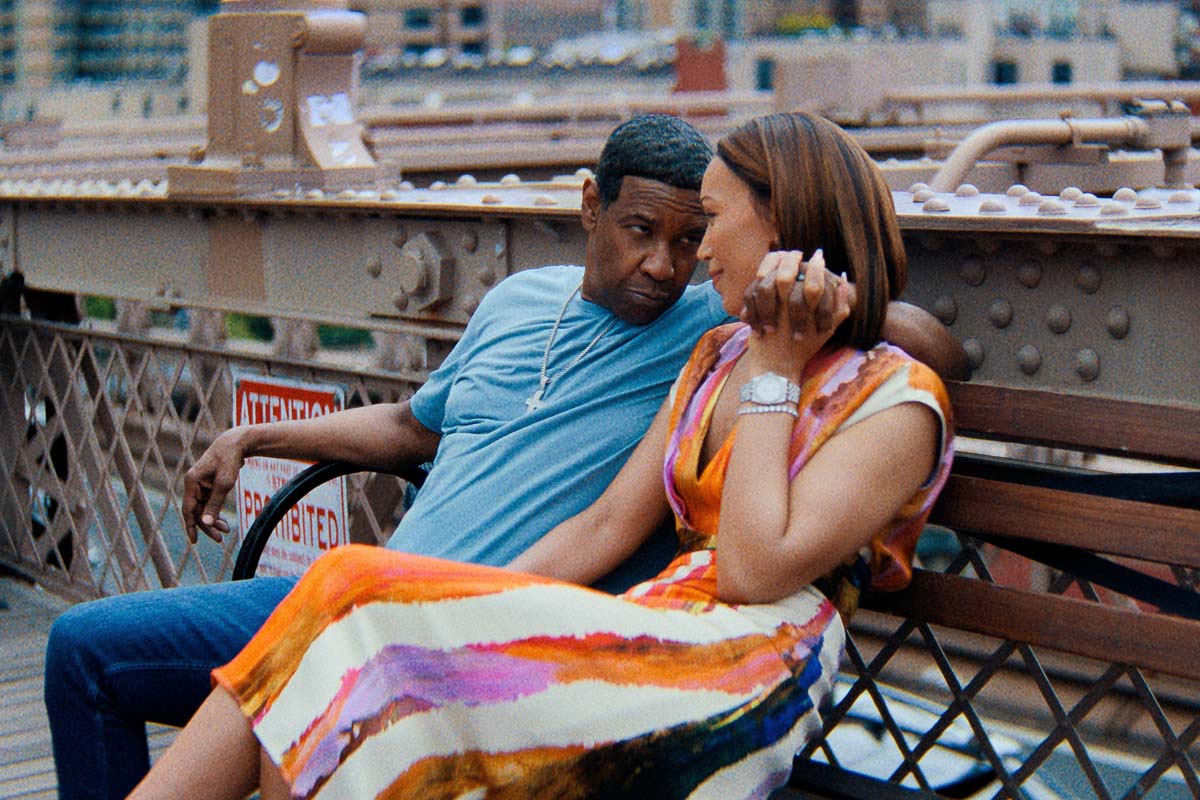
There’s a shot in the prison at the end of the film. I was trying to understand the layout of the shot. At first, I thought it was just a wide shot in profile, but I ended up understanding that it was a split-screen!
It really is that. They shot with two cameras which were both pushing in. Spike said, “It’d be great to just be able to see this like we did in dailies wehen we looked at the multi-camera view. Can we do something where we put them together?” And we did. We put them together.
There is stuff that we have to do in order to make these two things really fit together as they move in. That window in between them has got to fit perfectly. And of course, when you’re moving in, you’re not always moving exactly right.
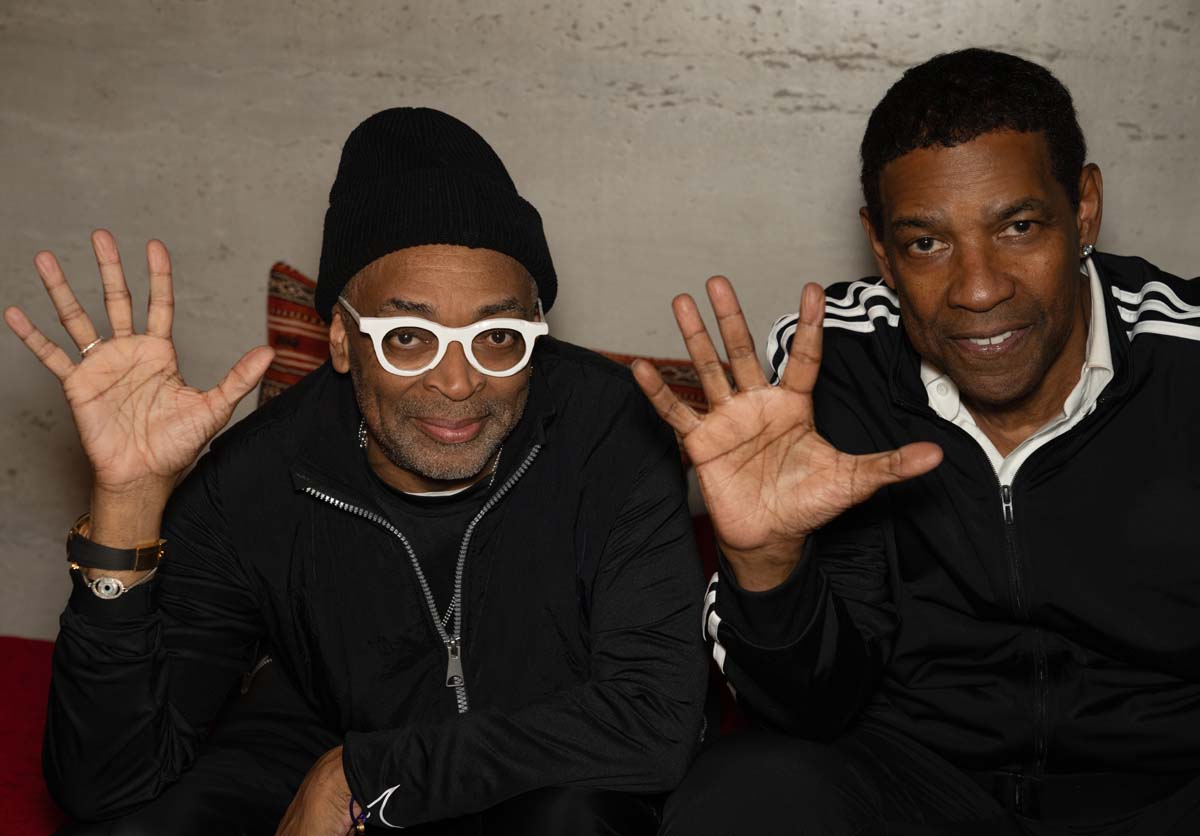
That shot lasts quite a while. How do you get out of something when you’re in a shot for as long as you are? How do you finally decide to go into the head-on close-up shots?
Rocky - for several minutes - is making his pitch: “You and I gotta work together.” He doesn’t say it, but he implies that King should let bygones be bygones. “We gotta work together.” The thing that has pushed Yung Felon to do this kidnaping was hurt.
Here’s a guy from his same block. He should be paying attention to the boys where he grew up. And he’s not. And he’s hurt. What has pushed him isn’t so much that he wants this $17 million as much as he wants to inflict hurt on David King. He wants David King to suffer.
Finally, he’s able to sit down with David King and make his pitch. “We gotta work together and I’m a big deal now. I got a billion views.”
The point where I cut out of the split-screen was after Yung Felon quotes Stevie Wonder. He said, “Bet that you weren’t expecting that.” David King says, “You didn’t listen to the whole song. You ain’t the sunshine of my life.”
So the pitch is over. Now we move into a different part of the scene, which is the rejection. Most of that scene where they’re moving in is just David King listening. He says a little bit here and there, but for me, that’s the point where you cut out.
Talk to me about the fun of editing the Highest 2 Lowest climax with the Sula C. Sing song.
They shot it a lot and they shot it moving. It’s a live performance. It’s not one performance, one take, so I have to cut it for a live performance. They must have shot it like seven times, I think.
Times the three cameras on each take…
Yeah. There’s beautiful work in there! Beautiful work by her, beautiful work by the camera operators. And you don’t really completely sing a song exactly the same every time.
Working with Howard Rosen - the composer - we were able to really smooth out a performance where it feels really like you’re just moving through it. She’s phenomenal! She’s a real find. I hope she does very, very well. And she deserves to do well. It was a challenge, but it’s a lot of fun.
There’s another point where Denzel also improvised at the very end of the movie, where he’s asking her, “Are you ready for all these different things?” That’s not in the script, and it’s only in one take.
Technically something got screwed up on that take, so there’s part of it where we could not use Denzel on camera, so we had to use her reaction, but there’s not a take of her reaction to Denzel saying that because we weren’t shooting multiple cameras when Denzel improvised that line.
But I found this one shot of her. In one take she was listening and she looked at Denzel and she just got more and more serious. I thought, “Wow! I can make this work! I can make this work.”
I think it works really well to be on her. If we didn’t have this technical problem we would have been on Denzel, but I think it works better because a little bit of that reality is beginning to set in on her: that this is not fun and games.
It’s not going to joyride. This is work and it’s going to come with all this stuff. Some of it’s going to be incredible and some of it’s going to be challenging and some of it is going to be awful.
Even the stuff that you think is going to be the greatest stuff, some of it is just going to be absolutely awful. Are you ready for it? Just the look on her face, getting more and more serious.
Finally, we could cut back to Denzel with the final lines of that improv and he says, “So are you ready?” Cut back to her and she says, “Yes.” She seems to be taking it in.
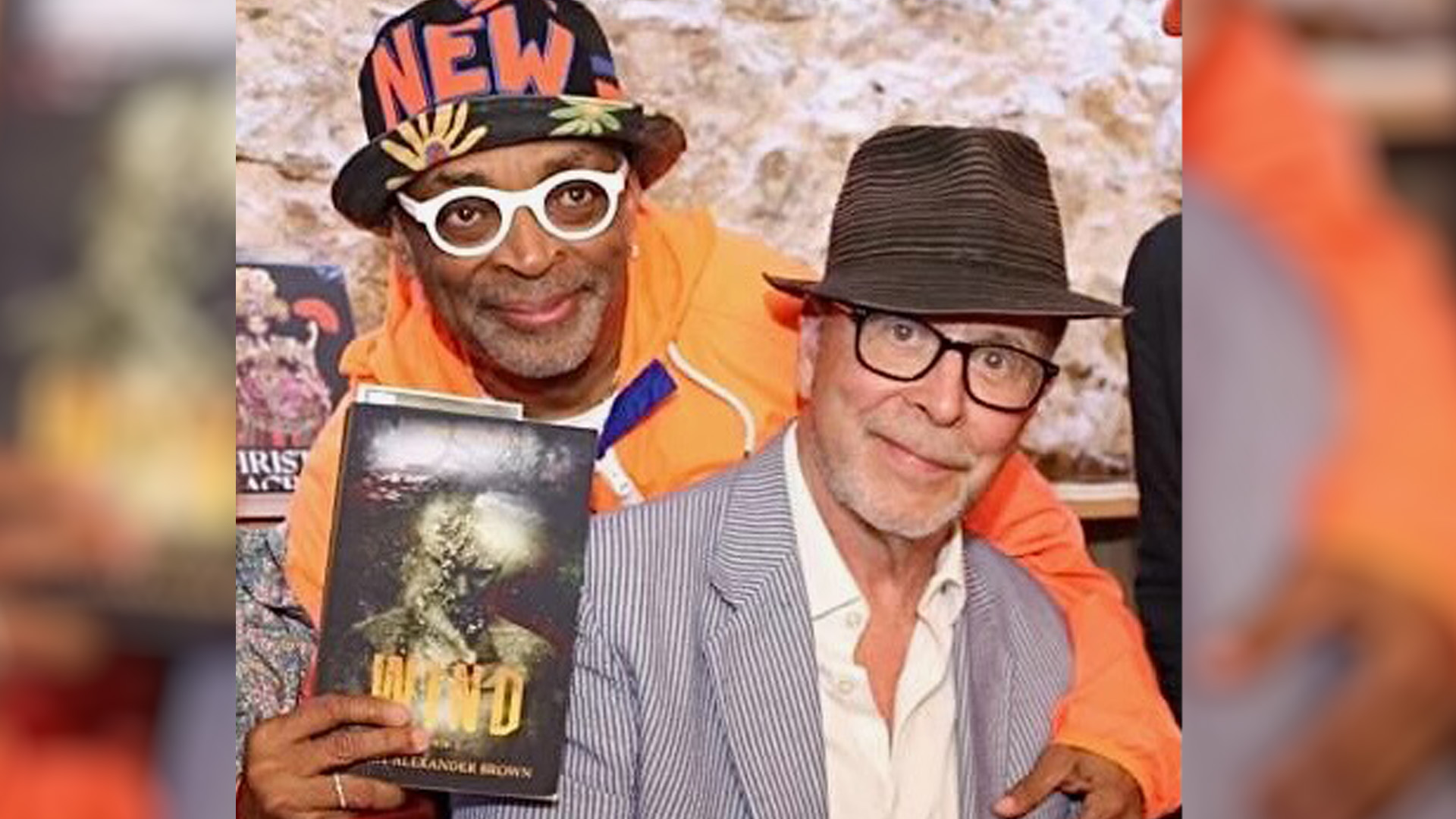
Before I let you go, tell me a bit more about your book, “Wind.”
Spike was surprised that I wrote a fantasy novel. He was very surprised. I did a reading at a bookstore a few days after our premiere at Cannes. There’s a little bookstore in Cannes. Tiny little bookstore. We had the book in French.
My wife and her sister were the ones who translated it into French. They did an incredible, incredible job. So I did a reading in English, and she did a reading in French. Spike and Tanya, his wife, came to this tiny little bookstore for the reading. He said to me the next day that he was blown away. He really liked the writing. He said, “Man! You can write!”
This is 500 pages, so it’s not a novella. It’s called “Wind” and the publisher is Intellect. It’s on Amazon. By the end of October the Kindle will be ready, and the audiobook.
Well, I wish you success with that! Thanks for chatting about Highest 2 Lowest!
Great talking to you, Steve.
